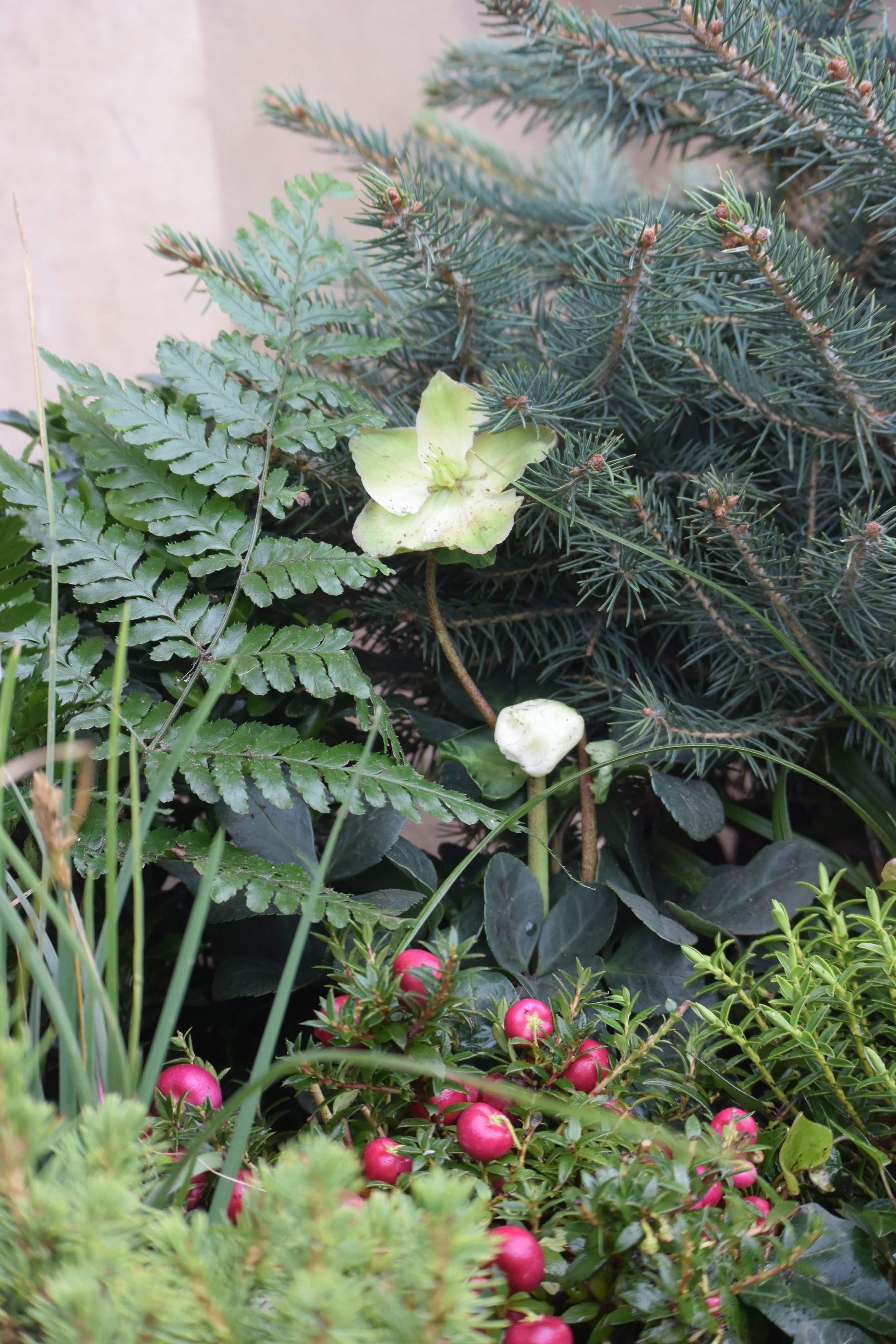Helleborus niger – the Rose of Noel
Hellebore is one of the most beautiful of all winter flowers.
Over the years Helleborus niger has been given many names: Christmas Rose, Lanten Rose, Holy Night Rose, The Little Flower of Winter or the Christmas Bloom. Many of these names refer to the time when the plant is in bloom.
Helleborus niger has a rare time of flowering, blooming prominently in the winter, often starting as early as November.
The plant produces pure, white-green, anemone-like large flowers, with greenish-cream anthers. The blooms sit on pale green stems often flushed with deep pink.
As they age, the Hellebore flowers go through a very elegant and subtle transition - the white petals turn gently green. They don’t darken or turn brown.
Helleborus niger has elegant, deep green, palmate foliage of a leathery texture, which is evergreen and highly decorative most of the year.
Helleborus belongs to the Buttercup Family of plants Ranunculaceae.
The name ‘Hellebore’ is derived from Greek, where helein means ‘to kill’ and bora – ‘a food’.
Some species of Hellebore are poisonous. Helleborus niger – Black Hellebore, refers to the black colour of the roots.
Helleborus has been a garden plant since Roman times and was often used as an arrow poison.
Helleborus was primary cultivated in monastery gardens. The plant was often used for religious and magical purposes. Moreover, it was believed that Hellebore cures madness, melancholy and hypochondria. In modern times the plant was often planted at the entrance to the house as a protection from spells.
Today Helleborus niger is widely cultivated and easily found in nurseries and plant shops, especially around festive time.
We recently used this plant when creating a planter for the festive season. We love how its big, pure-white petals beautifully contrast with its deep green foliage.




